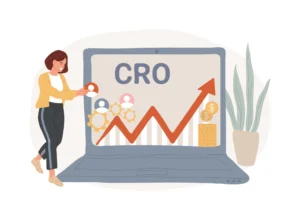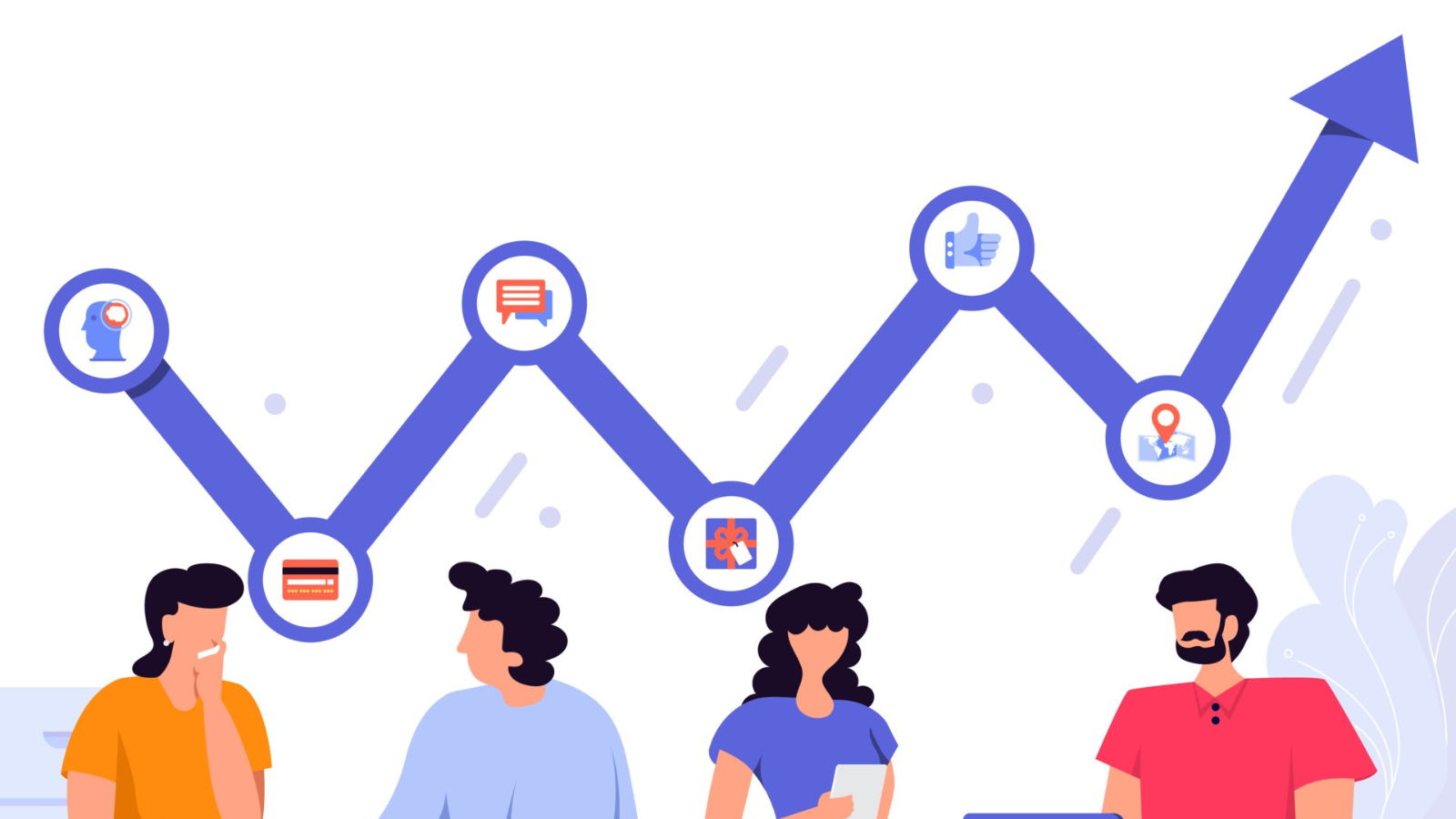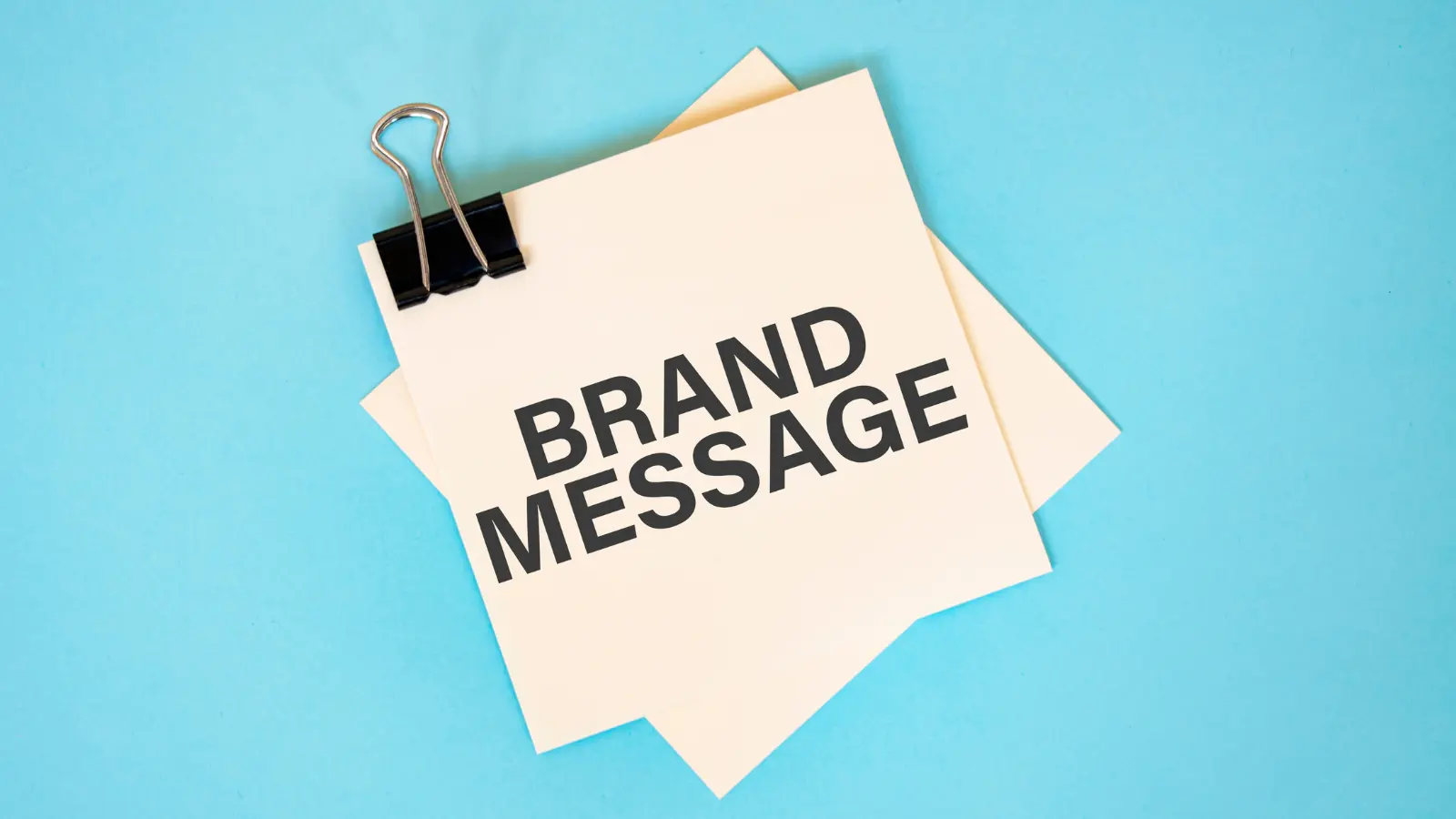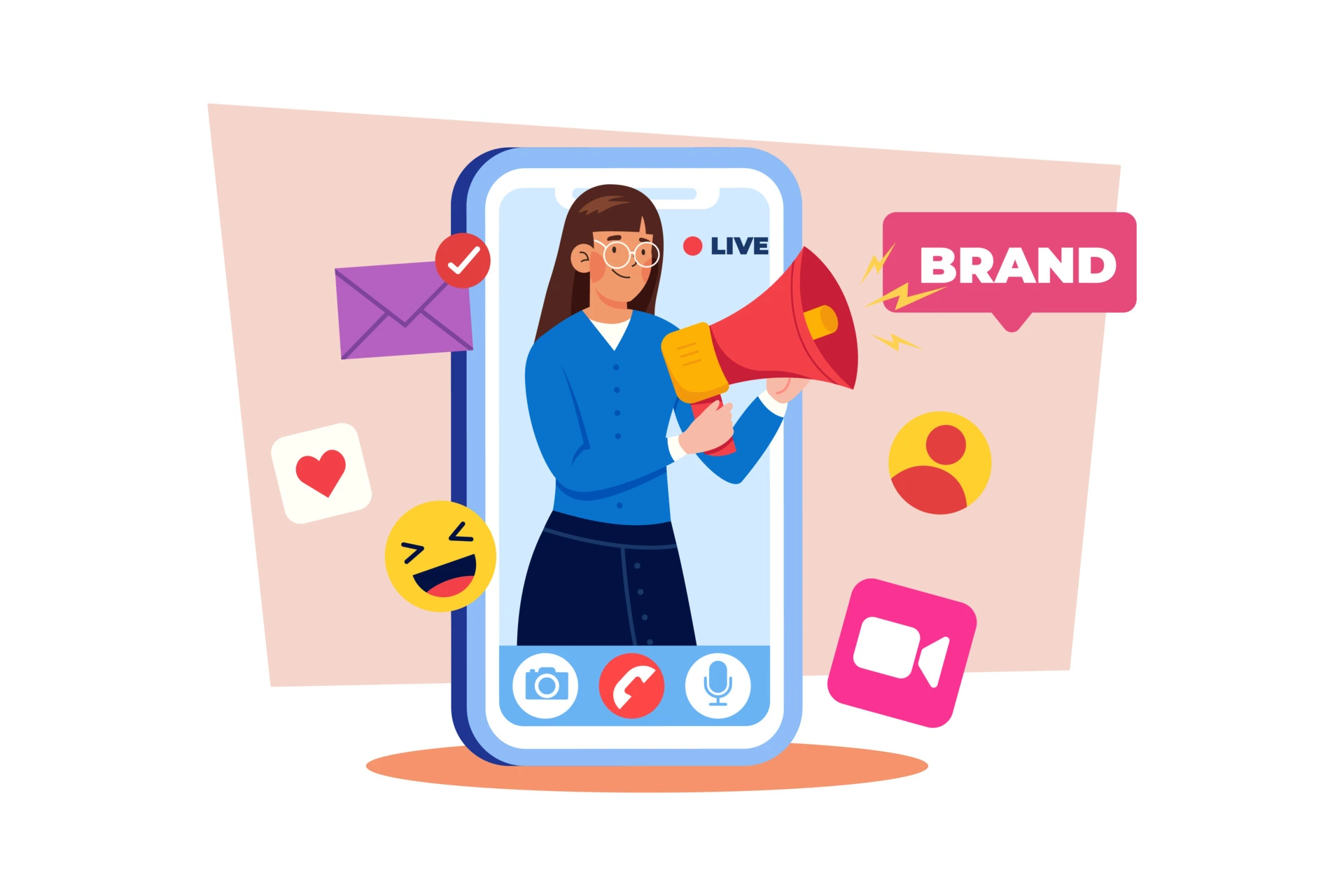Performance marketing channels are essential tools that drive measurable results in the digital marketing landscape. They allow marketers to pay for specific actions such as clicks, leads, or sales, making them highly efficient and cost-effective. Optimising performance marketing channels is essential for businesses seeking to maximise their return on investment (ROI). This process involves continuously monitoring and adjusting marketing campaigns to ensure they reach the right audience with the right message. By doing so, businesses can improve efficiency, increase the likelihood of converting potential customers into actual buyers, and better allocate marketing budgets to the most effective channels.
This blog will explore different performance marketing channels and share strategies to optimise them. Understanding each channel and how to use them effectively can help your business succeed. Whether you’re an experienced marketer or just starting, this guide will offer valuable insights into the fast-paced world of performance marketing.
I. Importance of Optimising Performance Marketing Channels
Optimising performance marketing channels is crucial for maximising return on investment (ROI). By continuously monitoring and adjusting campaigns, businesses can ensure that they are reaching the right audience with the right message. This optimization not only enhances efficiency but also increases the likelihood of converting potential customers into actual buyers. Moreover, it allows for better allocation of marketing budgets, ensuring that resources are used where they are most effective.
This blog will help into the various performance marketing channels and explore strategies for optimising them. By understanding the nuances of each channel and how to effectively utilise them, businesses can enhance their marketing efforts and achieve greater success. Whether you are a seasoned marketer or new to the field, this guide will provide valuable insights to help you navigate the dynamic world of performance marketing.
II. Understanding Performance Marketing Channels
A. Definition of Performance Marketing Channels
Performance marketing channels refer to digital marketing strategies where advertisers pay based on the measurable outcomes achieved, such as clicks, leads, or sales. Unlike traditional marketing, performance marketing ensures that every penny spent is tied to a specific, quantifiable result. Channels commonly used in performance marketing include search engine marketing (SEM), social media advertising, affiliate marketing, and display advertising. These channels allow marketers to target specific audiences and track the effectiveness of their campaigns in real time, making adjustments as needed to maximise ROI.
B. Key Metrics to Measure Performance
To gauge the success of performance marketing channels, marketers rely on a variety of key metrics. Click-Through Rate (CTR) measures the ratio of users who click on an ad to the number of total users who view the ad, indicating the ad’s effectiveness in attracting interest. Conversion Rate (CR) tracks the percentage of users who complete a desired action, such as making a purchase or signing up for a newsletter, highlighting the campaign’s efficiency in driving results. Cost Per Acquisition (CPA) calculates the total cost incurred to acquire a new customer, helping marketers evaluate the profitability of their campaigns. Additionally, Return on Ad Spend (ROAS) assesses the revenue generated for every dollar spent on advertising, offering a clear view of the campaign’s overall financial impact. These metrics are essential for optimising performance marketing efforts and achieving business objectives.
III. Importance of Optimization
A. Why Optimization Matters in Performance Marketing
Optimization is crucial in performance marketing because it ensures the efficient use of resources while maximising ROI. In a competitive digital landscape, merely running campaigns isn’t enough; fine-tuning strategies and tactics is essential to stay ahead. By optimising performance marketing channels, businesses can target their audience more effectively, reduce wasted spend, and enhance overall campaign effectiveness.
B. Benefits of Optimising Performance Marketing Channels
Optimising performance marketing channels offers several significant benefits. It enhances targeting precision, allowing marketers to reach the most relevant audience segments. Improved conversion rates are another advantage, as optimization helps in crafting compelling ads and landing pages that resonate with potential customers. Additionally, it leads to better budget management, ensuring that marketing spend is directed towards the highest-performing channels, thus maximising ROI.
C. Challenges in Optimising Performance Marketing Channels
Despite its benefits, optimising performance marketing channels presents several challenges. One major challenge is the dynamic nature of digital marketing platforms, which continuously evolve, requiring marketers to stay updated with the latest trends and algorithm changes. Another challenge is the complexity of data analysis, as marketers must sift through vast amounts of data to derive actionable insights. Additionally, achieving a balance between automated tools and human expertise can be difficult, as both elements are essential for effective optimization.
IV. Strategies for Optimising Performance Marketing Channels
A. Keyword Optimization
1. Importance of Keywords in Performance Marketing
Keywords are the backbone of performance marketing channels. They help in reaching the target audience by matching search intent with relevant ads and content. Effective keyword usage can significantly improve visibility and engagement, leading to better conversion rates.

2. How to Conduct Keyword Research
Conducting thorough keyword research involves identifying terms and phrases that potential customers use to search for products or services. Tools like Google Keyword Planner, SEMrush, and Ahrefs can help in finding high-volume, low-competition keywords. Analysing competitor keywords and using long-tail keywords can also enhance search relevance.
3. Keyword Optimization Techniques for Different Channels
Different performance marketing channels require tailored keyword strategies. For PPC campaigns, focus on bidding for high-intent keywords. In SEO, incorporate keywords naturally into content, meta descriptions, and headers. Social media advertising benefits from hashtags and trend-based keywords to boost reach and engagement.
B. Ad Creative Optimization
1. Importance of Compelling Ad Creatives
Ad creatives are crucial for capturing attention and driving clicks. Well-designed ads with engaging visuals and persuasive copy can significantly enhance the performance of marketing campaigns. Compelling creatives differentiate your ads from competitors, making them more likely to convert viewers into customers.
2. Tips for Creating Effective Ad Creatives
To create effective ad creatives, focus on clarity and relevance. Use high-quality images or videos that resonate with your target audience. Craft clear and concise messaging that highlights the unique value proposition. Incorporate strong call-to-actions (CTAs) to prompt immediate responses from viewers.
3. A/B Testing for Ad Creatives
A/B testing involves running two or more versions of an ad to determine which performs better. Test different elements such as headlines, images, and CTAs to identify the most effective combination. Continuous A/B testing helps in refining ad creatives, leading to improved engagement and conversion rates over time.
C. Landing Page Optimization
1. Importance of Landing Pages in Conversions
Landing pages play a critical role in converting visitors into leads or customers. A well-optimised landing page aligns with the ad’s promise and provides a seamless user experience. It can significantly influence the decision-making process and conversion rates.
2. Elements of a High-Converting Landing Page
High-converting landing pages have clear and compelling headlines, engaging visuals, and concise content that addresses the user’s needs. Strong CTAs, social proof such as testimonials, and trust signals like security badges can also enhance credibility and encourage conversions.
3. Tools and Techniques for Landing Page Optimization
Tools like Unbounce, Instapage, and Leadpages offer features to create and optimise landing pages. Techniques include A/B testing different layouts, using heatmaps to understand user behaviour, and optimising load times to ensure a smooth user experience.
D. Conversion Rate Optimization (CRO)
1. Understanding Conversion Rate Optimization
Conversion Rate Optimization (CRO) is the process of enhancing a website or landing page to increase the percentage of visitors who complete a desired action. CRO focuses on understanding user behaviour and making data-driven improvements to drive better results.
2. Strategies for Improving Conversion Rates
Strategies for improving conversion rates include simplifying forms, improving page load speed, and enhancing mobile usability. Personalising content based on user behaviour and conducting regular A/B tests to refine elements like headlines, images, and CTAs can also boost conversions.
V. Tools for CRO Analysis and Testing

CRO tools such as Google Optimise, Optimizely, and Hotjar provide insights into user behaviour and facilitate testing. These tools offer features like A/B testing, heatmaps, and user feedback, enabling marketers to make informed decisions and implement effective optimizations.
A. Keyword Research Tools
Keyword research forms the cornerstone of any successful performance marketing strategy. Tools like Google Keyword Planner, SEMrush, and Ahrefs enable marketers to identify high-potential keywords, assess competition, and refine targeting strategies. These tools provide insights into search volume trends, CPC metrics, and related keyword suggestions, empowering marketers to optimise ad spend and maximise visibility.
B. Ad Creative Tools
Compelling ad creatives are pivotal in capturing audience attention and driving conversions. Tools such as Canva, Adobe Creative Cloud, and Facebook Ads Creative Hub offer intuitive platforms for designing eye-catching visuals and crafting persuasive ad copy. These tools facilitate A/B testing of creatives, ensuring that marketers can iteratively refine their messaging to resonate effectively with target audiences across diverse channels.
C. Landing Page Optimization Tools
The effectiveness of performance marketing campaigns hinges on the performance of landing pages. Tools like Unbounce, Instapage, and Optimizely empower marketers to create and optimise landing pages without extensive coding knowledge. Features such as drag-and-drop builders, A/B testing capabilities, and heatmaps provide actionable insights to improve conversion rates. By testing different layouts, forms, and CTAs, marketers can tailor landing pages to enhance user experience and drive desired actions.
D. Conversion Rate Optimization Tools
CRO tools like Google Optimise, Optimizely, and Hotjar offer functionalities for analysing user behaviour, conducting A/B tests, and gathering user feedback.These tools enable marketers to pinpoint bottlenecks in the conversion process, implement targeted improvements, and ultimately enhance campaign performance. By continuously optimising elements such as page load times, navigation flows, and form interactions, marketers can streamline the user journey and increase conversion rates effectively.
VI. Future Trends in Performance Marketing Optimization
A. Emerging Technologies and Techniques
Emerging technologies like AI-driven analytics and machine learning algorithms are reshaping strategies. These technologies enable deeper consumer insights and more precise targeting, enhancing campaign efficiency and ROI. Augmented Reality (AR) and Virtual Reality (VR) are also gaining traction, offering immersive experiences that drive engagement and conversion rates.
B. Predictions for the Future of Performance Marketing Channels
Looking ahead, the future of performance marketing channels is set to be increasingly personalised and interactive. Video content, live streaming, and interactive ads are predicted to dominate, offering more engaging ways to connect with consumers. Influencer marketing will continue to evolve, leveraging micro-influencers and nano-influencers to foster authentic connections with niche audiences. Moreover, the integration of voice search and smart devices will redefine how brands optimise for conversions.
C. How to Stay Ahead of the Curve
To stay ahead in performance marketing, brands must embrace agility and innovation. Adopting a data-driven approach and leveraging real-time analytics will be crucial for optimising campaigns and adapting to changing consumer behaviours. Embracing sustainability and ethical marketing practices will also resonate with the conscientious consumer of the future. Continuous learning and experimentation with new technologies and platforms will ensure that brands remain competitive in an increasingly crowded digital marketplace.
FAQs
Q1: What are performance marketing channels?
A: Performance marketing channels are digital platforms and strategies used to promote products or services with the goal of driving specific actions, such as clicks, leads, sales, or other conversions. These channels include search engine marketing (SEM), social media advertising, affiliate marketing, email marketing, and display advertising. They are called “performance” channels because their success is measured based on the performance and return on investment (ROI) they generate.
Q2: Why is optimising performance marketing channels important?
A: Optimising performance marketing channels is crucial because it helps ensure that marketing efforts are efficient and cost-effective. Optimization allows marketers to allocate budgets more effectively, reduce wasted spend, and increase conversions. By continually analysing and improving these channels, businesses can maximise their ROI, reach their target audience more accurately, and achieve better overall marketing performance.
Q3: What are the benefits of optimising performance marketing channels?
A: The benefits of optimising performance marketing channels include:
- Improved ROI: Enhanced targeting and strategic spend allocation lead to higher returns on marketing investments.
- Increased Conversions: Tailored ads and better user experiences boost conversion rates.
- Cost Efficiency: Reducing waste and focusing on high-performing areas helps lower overall marketing costs.
- Better Audience Insights: Ongoing optimization provides valuable data on customer behaviour and preferences.
- Competitive Advantage: Staying ahead of trends and continuously refining strategies can give a business an edge over competitors.
Q4: What challenges are associated with optimising performance marketing channels?
A: Optimising performance marketing channels comes with several challenges, such as:
- Data Overload: Handling and analysing vast amounts of data to make informed decisions can be overwhelming.
- Rapidly Changing Algorithms: Keeping up with frequent updates and changes in platform algorithms requires constant monitoring and adaptation.
- Integration Difficulties: Ensuring seamless integration between various marketing tools and platforms can be complex.
- Resource Constraints: Small businesses or teams may struggle with the time and expertise needed for effective optimization.
- Measuring Effectiveness: Accurately attributing results to specific channels or campaigns can be difficult, complicating the optimization process.
Q5: Why are compelling ad creatives important?
A: Compelling ad creatives are essential because they capture the audience’s attention, convey the brand’s message effectively, and drive engagement. High-quality creatives can differentiate a business from its competitors, making the ads more memorable and persuasive. Effective ad creatives also contribute to better user experiences, higher click-through rates, and ultimately, increased conversions. In performance marketing, where results are measured by specific actions, having engaging and relevant creatives is key to achieving success.
Ready to take your brand to the next level? Connect with us today to explore how HT Media can amplify your presence across our diverse portfolio of 25+ brands and properties. Let's turn your brand vision into reality!


















Comment